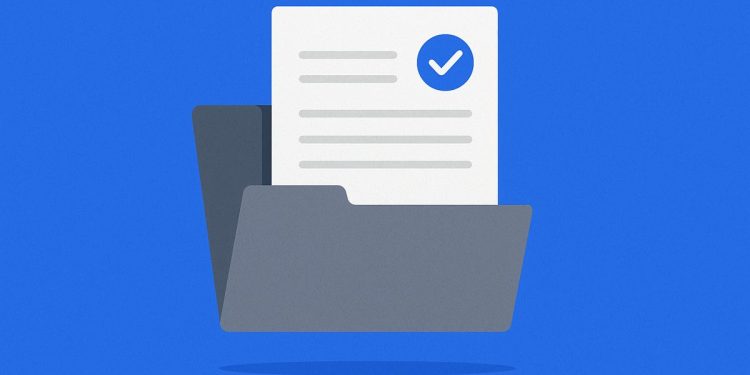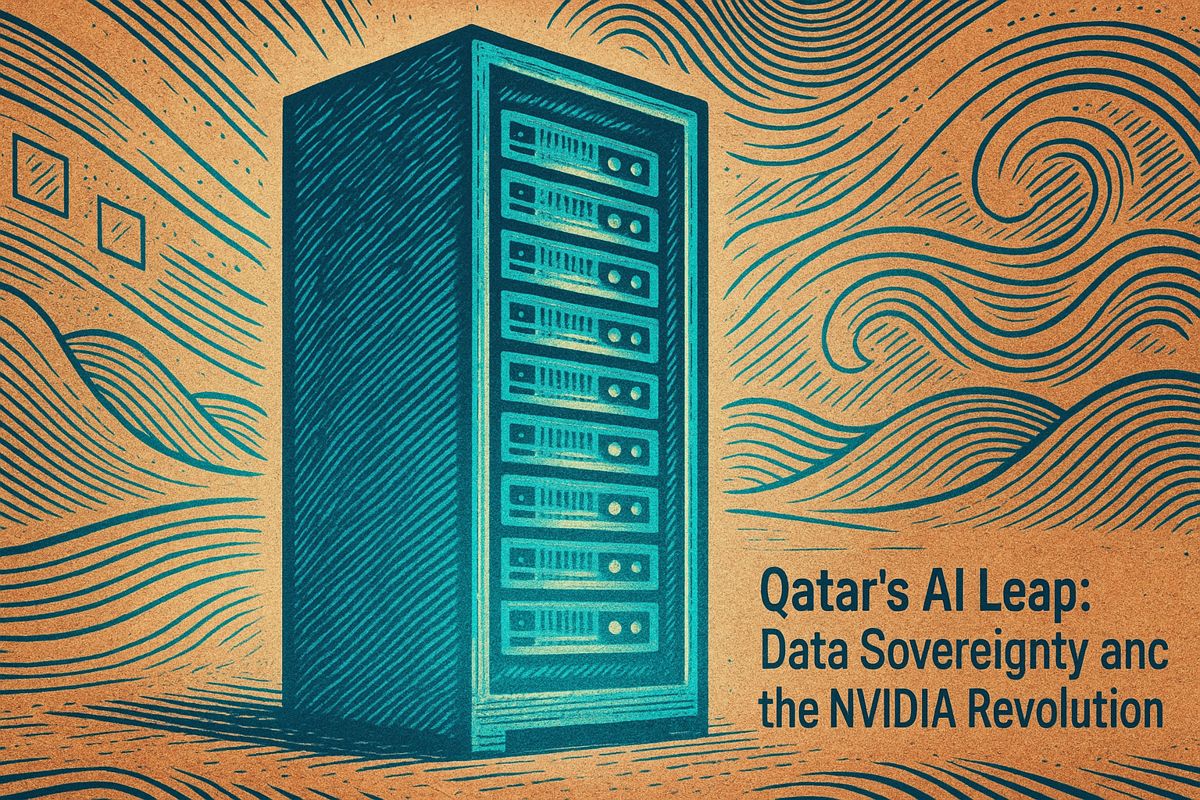Major news organizations are adopting RAG databases for AI accuracy, rebuilding their data pipelines for the generative AI era. To combat the unreliability of standard AI models, newsrooms from London to New York are demanding conversational tools that provide verifiable, evidence-based answers. Retrieval-Augmented Generation (RAG) meets this need by connecting a large language model to a curated knowledge base, ensuring every generated statement can be traced back to a trusted source.
Why Reuters chose a curated RAG path
Reuters uses Retrieval-Augmented Generation (RAG) to ground its artificial intelligence in a trusted knowledge base, including its own style guide and decades of news archives. This curated approach ensures the AI retrieves verifiable information before generating a response, significantly reducing factual errors and unsubstantiated claims.
Initial tests at Reuters confirmed that foundational AI models struggle to distinguish reliable from unreliable online sources. In response, engineers developed a RAG system built on a vector index of the complete Reuters style guide and decades of archived content. This system not only enforces editorial standards, like the correct spelling of “Zelenskiy,” but also serves as a testbed for new applications. A related pilot, detailed in the Reuters agentic AI experiment, uses broadcast scripts to measure and reduce hallucination rates. This strategy extends to parent company Thomson Reuters, where tools like Westlaw’s AI-Assisted Research use RAG to cite legal statutes, cutting hallucinations by over 40% compared to standard LLMs.
Industry momentum beyond Reuters
The adoption of RAG is accelerating across the media industry, driven by the high stakes of misinformation. The global RAG market is projected to reach USD 1.92 billion by 2025, with a compound annual growth rate of 39.66% through 2030, according to Mordor Intelligence. This growth is supported by high-speed, cloud-native vector databases capable of sub-200 millisecond retrievals. Other media organizations are reporting significant benefits:
- Live Fact-Checking: RAG dashboards enable real-time cross-checking of political claims against official archives during election coverage.
- Investigative Journalism: Teams can efficiently mine terabytes of leaked documents by querying a private, indexed corpus.
- Content Creation: Regional outlets are embedding RAG tools in their CMS to provide reporters with headline suggestions based on archival content.
Lessons for newsrooms deploying RAG
- Prioritize Corpus Curation: Build the knowledge base with high-quality published work, style guides, and comprehensive source metadata.
- Ensure Auditability: Log all retrieval calls to allow editors to verify citations and trace the AI’s reasoning.
- Maintain Human Oversight: Keep editors and legal experts in the loop to review for tone, context, and compliance.
- Monitor for Bias: Continuously track performance metrics across different languages and topics to prevent reinforcing societal biases.
Early results are compelling, with newsrooms reporting up to a 70% reduction in research time. More importantly, the risk of retractions diminishes as every generated statement includes a verifiable audit trail. While RAG technology is still evolving, its value is evident: it transforms generative AI from an unpredictable tool into a reliable, disciplined research assistant for the modern newsroom.
What is a RAG database and why does Reuters call it “techy verbiage for an archive”?
A Retrieval-Augmented Generation (RAG) system pairs a large language model with a private, continually updated index.
Instead of relying only on pre-trained data, the model first retrieves passages from Reuters’ own stories, court filings or style guide, then generates an answer that is foot-noted to those exact files.
Newsroom AI editor Rob Lang jokes that “RAG” is just “a fancy way of saying we let the bot read our archive before it speaks”; the newsroom already uses a miniature version that tells reporters whether to write Zelenskiy or Zelenskyy.
By how much has Reuters cut hallucinations since moving to RAG?
Internal tests in late 2024 showed a 40 % drop in factual hallucinations on legal and geopolitical questions once answers were forced to cite only the Westlaw or Reuters corpus.
The improvement is not absolute – about 1 in 25 generated sentences still drifts – but it beats the baseline GPT-4 prompt, which erred on 1 in 10 sentences when allowed to surf the open web.
Does Reuters trust RAG enough for live fact-checking?
No. Lang stresses that “AI still can’t separate the ‘crap’ of the web from reliable data”, so Reuters will not deploy RAG to verify breaking statements in real time.
Instead, the tool is restricted to desk research (summarising court rulings, corporate filings, historical background) where a human editor always signs off before copy moves to the wire.
Where else inside Thomson Reuters is the same RAG stack running?
The legal division is furthest ahead:
– Westlaw AI-Assisted Research answers bar-exam style questions with 94 % citation accuracy, according to a 2024 Stanford study.
– Practical Law RAG drafts client notes that reference only the latest 2025 practice manuals, cutting update time for lawyers by 35 %.
Financial and tax units are piloting a 2025 rollout that grounds answers in SEC filings and Bloomberg-sourced market data, but editorial news remains a low-risk sandbox for now.
What lessons should other newsrooms copy – and what pitfalls remain?
Best practice
– Keep the retrieval index 100 % copyright-cleared to avoid the 2024 U.S. Copyright Office warning on summarising unpaid news content.
– Publish inline citations (source ID + date) so readers can replicate the lookup; media analysts note this single step restores one-third of lost trust, based on 2025 Reuters Institute surveys.
– Combine vector similarity search with old-fashioned keyword filters to surface both semantic matches and exact phrases like “pleads guilty”.
Key risk
RAG only relocates the error: if the archive itself repeats a misspelling or an outdated stat, the model will reproduce it with high confidence.
Therefore, Stanford’s 2024 reliability report recommends a human second read for any number, name or date that reaches the final story – a step Reuters still follows.



















